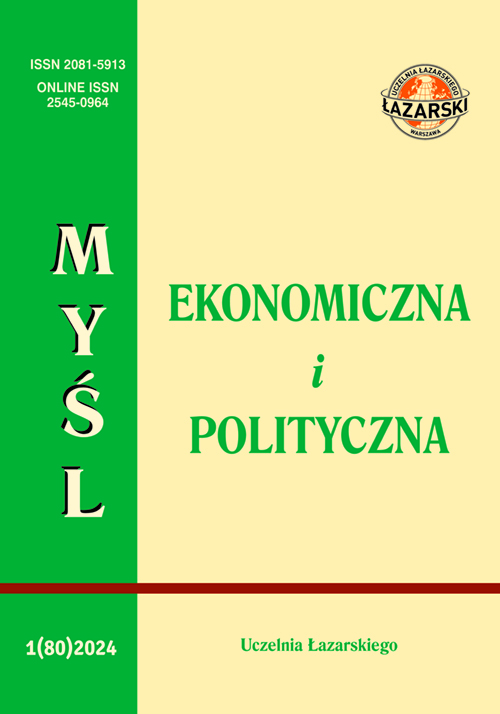Abstract
The urgency of the problem to be studied is due to the lack of effective financial and economic mechanisms for attracting investments in ecological projects to ensure sustainable economic development in Georgia. The purpose of the work is to determine the main directions of financing environmental projects in the country based on the analysis of global trends. The main directions of “green” investments are considered following the sustainable development goals developed by the United Nations, according to the prospective scenarios of the world economy, with the ecological (“green”) conduct of business. To finance “green” projects, the main tools and levers for supporting private investors are studied, which include government regulation measures, public
financing, lending, and risk reduction. The sectoral directions of “green” investments in Georgia are, first of all, sectors related to the most energy-and resource-intensive production (electricity and heat supply, mining, transport and transportation, IT and telecommunications, industrial infrastructure), and the most important measures to stimulate private investments Preferential lending and loan guarantees can be used in “green” projects (in particular, waste recycling and reuse projects, creation and introduction of energy-efficient and environmentally friendly technologies); The development of “green” bonds (which requires a regulatory framework, appropriate standards, and a government support mechanism) and the creation of “green” banks (with the participation of the state and development institutions). The problem of environmental pollution is one of the most urgent in the modern world, and the future of all countries depends on its solution. In 2015, the United Nations developed 17 sustainable development goals, seven of which are aimed at solving environmental problems, and it was determined that sustainable economic development involves the socio-economic activities of the current generation without harming future generations.

This work is licensed under a Creative Commons Attribution-NonCommercial-ShareAlike 4.0 International License.
